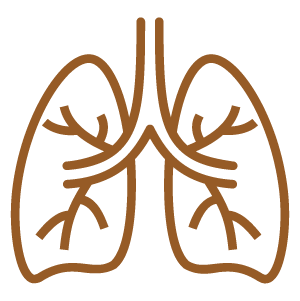Overview and Health Benefits
Yarrow (Achillea millefolium) has a rich history in herbal medicine, revered for its diverse therapeutic benefits across geographies and cultures (McIntyre, 2019). This perennial herb is known for its astringent, anti-inflammatory, circulation-boosting, styptic (staunches bleeding), healing and antimicrobial properties, making it a versatile remedy for home use and for a range of applications in herbal practice.

Yarrow's Key Benefits and Uses
- Digestive Health: Yarrow is valued for its ability to support digestive function, particularly in stimulating appetite and nutrient absorption (McIntyre, 2019), easing mild gastrointestinal discomforts such as bloating and cramping, as well as alleviating ulcers, diarrhoea and inflammation (Farasati, Behzad & Khalili, 2023; Ali et al., 2017; Potrich et al., 2010; McIntyre, 2019).
- Circulation Support: Taken as a hot tea (often mixed with elderflower and/peppermint), yarrow can promote sweating and support a “productive fever”, moving blood to the skin’s surface and helping dissipate heat as needed (Benedek & Kopp, 2007; McIntyre, 2019). It can modulate blood flow, making it useful for conditions like bruising, hemorrhaging, and varicosities (Wood, 2007; Hoffmann, 2003).
- Wound Healing: Named after the Greek hero Achilles, who is said to have used it to treat his soldiers' wounds during the Trojan War, Achillea millefolium’s astringent, antimicrobial, antiinflammatory and styptic properties make it an excellent herb for topical applications, aiding in the healing of minor wounds, cuts, and abrasions (Ghobadian et al., 2015).
- Menstrual Support: Thanks to its relaxing and antispasmodic properties, yarrow can help ease menstrual cramps; and its healing and astringent qualities mean it can help reduce heavy menstrual bleeding (Farasati, Behzad & Khalili, 2023; McIntyre, 2019).
- Immune Support: Yarrow is traditionally used to support immune function, in part thanks to its antimicrobial effects, helping the body combat infections (Stojanović, Radulović & Hashimoto, 2005).
- Respiratory Health: Yarrow's anti-inflammatory properties may help soothe respiratory congestion and discomfort associated with colds and mild respiratory infections (American Botanical Council, 2000).
Yarrow's Safety Profile
Yarrow should be avoided in pregnancy and by individuals allergic to plants in the Asteraceae family (McIntyre, 2019; Gruenwald et al., 2004). Yarrow can cause contact dermatitis in sensitive individuals (McIntyre, 2019). As with any herbal remedy, it is prudent to seek guidance from a qualified medical herbalist before using yarrow, especially if you have existing health conditions or are taking medications.















